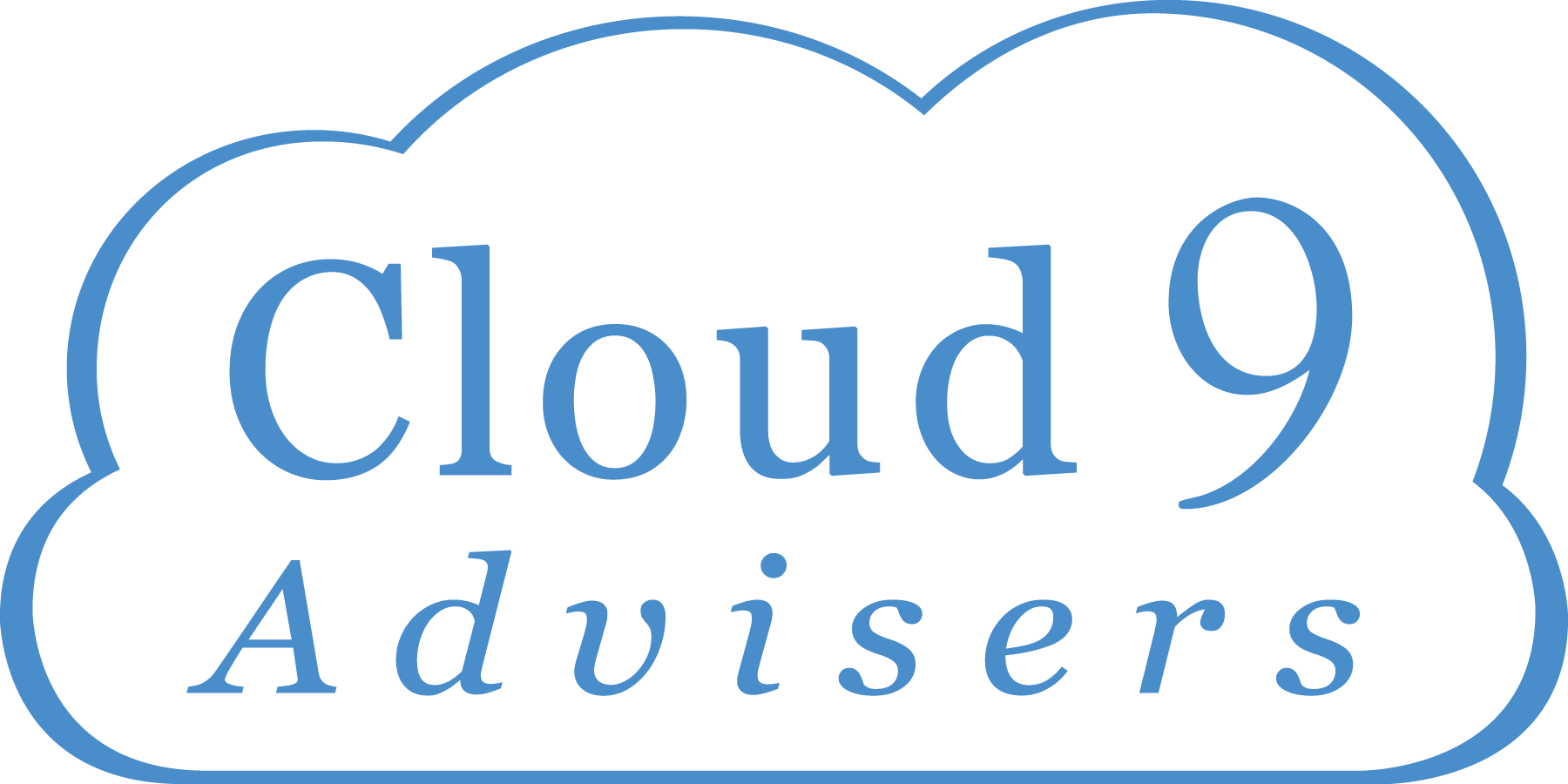Multi-Cloud Strategy: Pros, cons and tips
Flexibility and feature functionality are among CIOs’ reasons for embracing a multi-cloud strategy. Experts explain the pros and cons of multi-cloud strategy and offer tips to get there.

By Clint Boulton Senior Writer, CIO | OCT 3, 2019 3:00 AM PDT - read the full story at CIO.com
Most CIOs refer to a multi-cloud strategy as using two or more IaaS (infrastructure-as-a-service) platforms such as Amazon Web Services (AWS), Microsoft Azure or Google Cloud Platform (GCP). Some IT leaders consider multi-cloud a single IaaS provider plus SaaS tools from Salesforce.com, Workday, ServiceNow and other vendors.
Flexibility and functionality are among CIOs’ key reasons for multi-cloud adoption. The Pentagon is preparing to make AWS the sole provider of its general purpose cloud infrastructure, but it also uses Office 365 and several "fit-for-purpose" public and private clouds, CIO Dana Deasy said in February. “It allows us to take advantage of all the new technology from the various commercial cloud providers and create applications that are a lot more resilient [and elastic],” Deasy said.
Zulily leverages GCP to run analytics and personalize offers to its retail consumers, but when a consumer makes a purchase, the transaction is executed in AWS, to which Zulily moved its warehouse management and other operations in 2018. Zulily CIO Luke Friang says AWS gives Zulily the ability to “innovate very fast on the tech side," which in turn helps serve customers better.
Tired of managing the growing infrastructure requirements required to run his electronic health record software, Novant Health CTO James Kluttz moved his Epic system to a managed private cloud hosted by Virtustream. But he also leverages Azure for analytics and deep learning software and leaves the door open to adopt AWS or GCP based on business need.
“The holy grail is elasticity, but we may deploy in AWS today and tomorrow the financial drivers might be better in GCP or Azure,” Kluttz says, adding that it is incumbent upon IT leaders to avoid lock-in and maintain flexibility while adopting the cloud. He adds, “All-in with a single anything is short-sighted … but time will prove itself out.”
- Choose strategic partners
Pick one a strategic provider for broad capabilities, but leave the door open to leverage more cloud providers. In fact, Leong recommends running pilot projects with multiple cloud providers. This will expose your IT department to the challenge of managing multi-cloud environments. - Educate business peers
Believing that cloud services are commodities, finance and sourcing organizations may try to pressure the business or IT to the cheapest service. CIOs must ensure that these leaders understand that a key value of cloud providers is their innovation and differentiation and that treating them like commodities will reduce business value, Leong says. - Set cloud policies
Craft a cloud computing policy that specifies what application workloads can be placed with cloud vendors, aligned to application type, application design and the application stack. What functions and features do you need today and in the future? Vasuvedan says this will go a long way to addressing the challenges associated with bolting on new features in new cloud environments. - Integrate and iterate
Work with your DevOps teams to develop skills for integration between applications and data sources that live on different cloud providers, Leong says. - Carefully consider your vendor 'lock-in' problem
Tactical applications do not usually benefit enough from cloud portability to warrant the development time and cost and may remain wed to one platform, Leong says. But if some of your apps may require greater portability, you'll want to leverage containers, such as Docker, Kubernetes orchestration or Cloud Foundry PaaS.

Every company wants to be your partner, but let’s face it, if they are selling you something, they’re not your partner, they’re just another vendor. Cloud 9 is different. We don’t actually sell anything and we don't charge our clients. We become an extension of your team and help manage the often overwhelming process of finding, evaluating, and selecting the right technologies and competitive providers. Cloud 9, together with our distributors, is made up of more than 250 staff, all devoted to helping you save time and money. Our curated Supplier Portfolio contains nearly 200 of the best service provider companies. We are one of the largest buyers of technology in the country. Through us, you’ll get the collective buying power of thousands of other clients. Consider us your informed buyers, full-service technology agents, and strategic advisers. We are impartial, unbiased, and supplier-neutral. We sit on your side of the table to help you find, evaluate, and negotiate with service provider companies. We’ll help you design the right solution and identify the best technologies. We’ll get pricing from multiple competing companies, then guide you through the evaluation and procurement process. Use our evaluation tools for documentation and due diligence. Plus, have our entire team at your disposal before, during, and after the acquisition of your new services.

